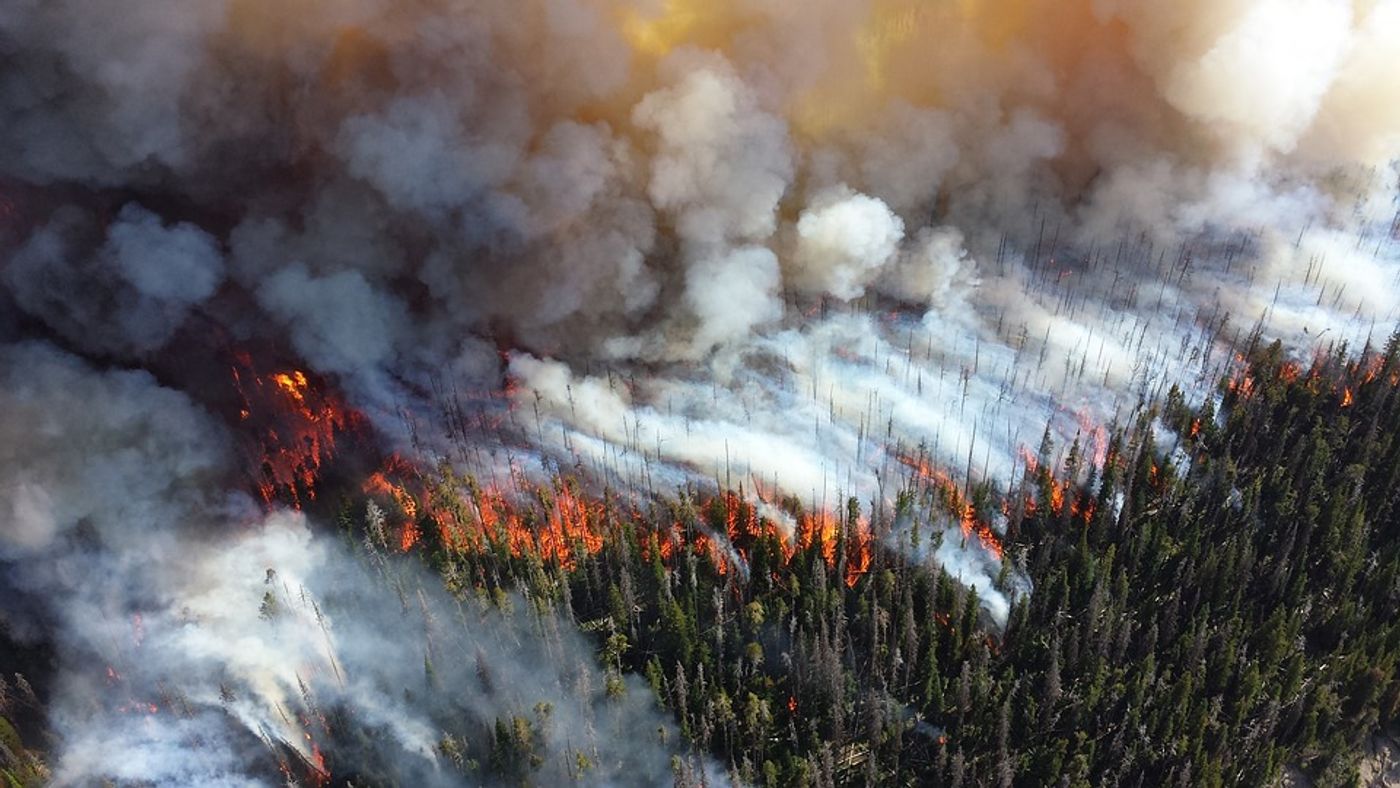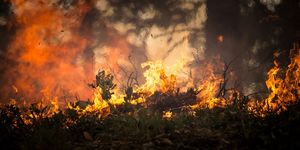Wildfires rage in the Arctic
You know things have gotten bad when the Arctic starts burning.
Since June, over 100 wildfires have consumed the Arctic, racing across 11 of Russia’s 49 regions. Images from NASA's Earth Observatory show that the biggest fires are located in the regions of Irkutsk, Krasnoyarsk and Buryatia; the observatory reports that the cause of the fires was probably lightning. In the last several weeks they have burned 320 square miles, 150 square miles, and 41 square miles, respectively, in each of the regions.
The wildfires are causing a public health threat for not only those in the paths of the wildfires but also for those who are subject to breathing in the smoke that strong winds are blowing around the Arctic. According to the Earth Observatory, Krasnoyarsk, a Russian city, has been covered under a layer of haze; meanwhile, a large Siberian city, Novosibirsk, has not faced any fires but traveling smoke has greatly polluted the region’s air quality. Other parts of the Arctic, in Alaska and Greenland, are experiencing wildfires as well.
Now contrary to what you might think, wildfires in the Arctic during summer months are actually quite frequent – but not, says senior scientist at the Copernicus Atmosphere Monitoring Service (CAMS) Mark Parrington, like this. This is "unusual and unprecedented” wildfire behavior, Parrington said.
There is an additional concern from the raging wildfires that one might not think of while in the midst of dealing with a fire’s destruction: carbon emissions. From June 1 to July 21, the combined wildfires have released approximately 100 megatons of carbon dioxide, according to CAMS. The high amount of CO2 released could be explained by the fact that some of the fires are burning on peatland, which are carbon sinks that hold great amounts of CO2. The added danger in this, explains Thomas Smith, an assistant professor of environmental geography at the London School of Economics, is that peatlands can burn for days or sometimes months, resulting in much more serious consequences than forest wildfires.
“The northern part of the world is warming faster than the planet as a whole,” the weather monitoring body warned. “That heat is drying out forests and making them more susceptible to burn,” World Meteorological Organization (WMO).
This burning – carbon release – burning cycle creates a positive feedback loop that is having particularly strong impacts on the Arctic. The Arctic is warming faster than any other part of the world and Arctic ice is already much lower than it should be at this time of year.
Sources: Think Progress, Live Science









